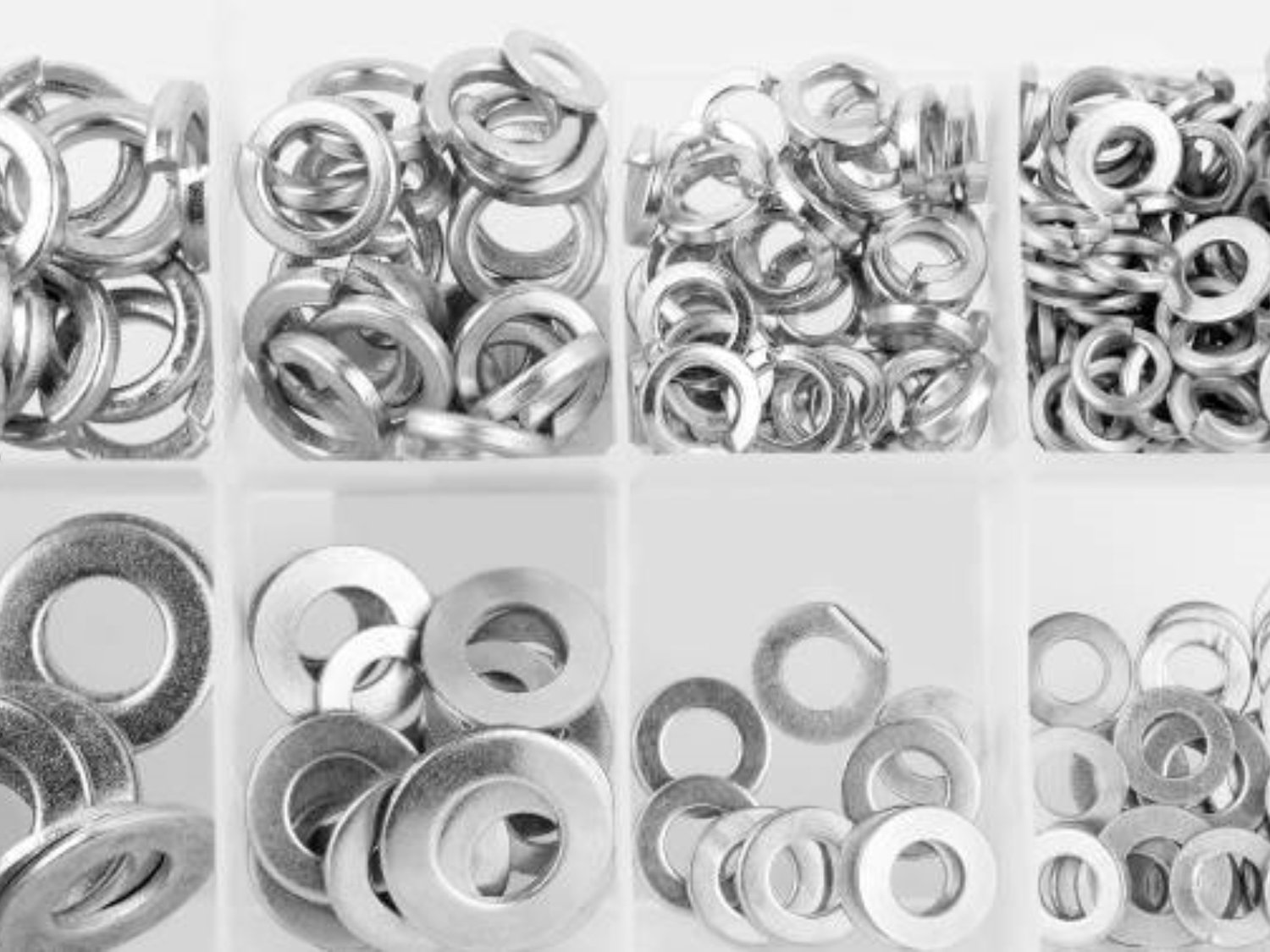Introduction
curved disc springs, also known as Belleville washers or conical washers, are versatile mechanical components that offer a wide range of applications in various industries. These springs are designed to provide high load-bearing capacity, flexibility, and precise deflection characteristics. In this article, we will explore the functionality and applications of curved disc springs in different fields.
The Anatomy of Curved Disc Springs
Curved disc springs are typically made from high-quality materials such as stainless steel, carbon steel, or alloy steel. They consist of a round disc shape with a slightly curved profile, which allows them to store and release energy efficiently. The curvature of the disc provides the necessary spring action, enabling the component to withstand compressive or axial loads.
Load-Bearing Capabilities of Curved Disc Springs
One of the primary advantages of curved disc springs is their exceptional load-bearing capabilities. Due to their unique shape, these springs can handle high loads while maintaining their deflection characteristics. The curvature allows for a large surface area to distribute the load evenly, reducing the stress concentration and enhancing the overall strength of the spring.
Deflection Characteristics of Curved Disc Springs
Curved disc springs offer precise deflection characteristics, making them suitable for applications requiring controlled movement or force. The curved profile ensures a progressive increase in force as the spring is compressed, providing a consistent response to applied loads. This feature is particularly valuable in applications where maintaining a specific load or deflection is critical.
Applications in Mechanical Engineering of Curved Disc Springs
Curved disc springs find extensive use in mechanical engineering applications. They are commonly employed in clutches, brakes, valves, and other systems that require accurate force or deflection control. These springs can also be utilized in vibration dampening systems, where they help absorb and dissipate energy to minimize the effects of vibrations.
Applications in Automotive Industry of Curved Disc Springs
The automotive industry benefits greatly from the use of curved disc springs. They are employed in various components, including suspension systems, shock absorbers, and clutch assemblies. The ability of these springs to provide controlled deflection and reliable force distribution makes them invaluable in enhancing vehicle performance, stability, and safety.
Applications in the Aerospace Industry of Curved Disc Springs
In the aerospace industry, curved disc springs play a crucial role in ensuring the proper functioning of critical systems. They are widely used in aircraft landing gear, control surfaces, and mechanisms that require precise force and deflection control. The lightweight and durable nature of these springs make them ideal for aerospace applications where weight reduction is essential.
Applications in Electrical Engineering of Curved Disc Springs
Curved disc springs are also utilized in electrical engineering applications. They are commonly employed in electrical connectors, switches, and contactors to maintain optimal electrical contact. The spring action ensures a constant and reliable connection, even under varying temperatures, vibrations, or other external factors.
Applications in Medical Devices
Curved disc springs find applications in the medical field as well. They are used in various medical devices, such as implantable devices, surgical instruments, and diagnostic equipment. These springs provide the necessary flexibility and precision required in medical applications, ensuring proper functioning and patient safety.
Advantages over Other Spring Types
Compared to other types of springs, curved disc springs offer several advantages. They have a higher load-bearing capacity, better deflection characteristics, and increased stability due to their unique shape. Additionally, these springs have a longer fatigue life and can withstand higher operating temperatures, making them suitable for demanding applications.
Conclusion
Curved disc springs are versatile components that find applications in various industries, including mechanical engineering, automotive, aerospace, electrical engineering, and medical devices. Their exceptional load-bearing capabilities, precise deflection characteristics, and reliability make them invaluable in numerous systems and mechanisms. By understanding the functionality and applications of curved disc springs, engineers and designers can harness the benefits of these components to optimize their designs and improve overall performance.

